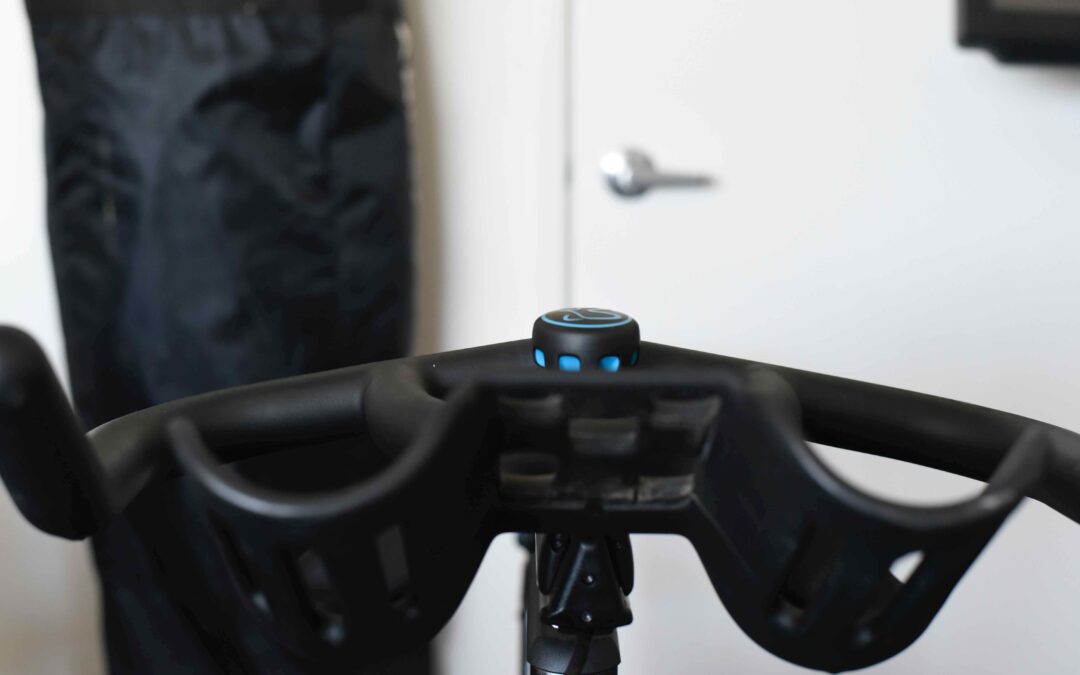Embarking on a fitness journey doesn’t always mean investing in brand-new equipment. The market for used fitness gear offers an economical and sustainable option for many. However, buying used fitness equipment requires a strategic approach to ensure you get quality, durable, and safe items. This blog post aims to guide you through the nuances of selecting the right used fitness equipment, blending new ideas and expert advice to help you make smart, health-focused investments without compromising on quality or your budget.
Understanding Your Fitness Goals and Space Constraints: Before diving into the market, it’s crucial to assess your fitness goals and the space you have available. This initial step is about aligning your equipment needs with your workout plans and available home space.
The Art of Researching Equipment: We’ll delve into the importance of researching different types of equipment and brands, focusing on those known for their durability and longevity. This section will also introduce you to innovative tools and platforms where you can find reliable information on used fitness equipment.
Inspecting Equipment for Quality and Safety: One of the biggest challenges in buying used fitness gear is ensuring its quality and safety. We’ll provide tips on inspecting equipment, from checking wear and tear to testing functionality, ensuring you know what to look for during an inspection.
Navigating Online Marketplaces and Local Gyms: The digital age has revolutionized how we buy and sell used items. We’ll explore how to navigate online marketplaces effectively and why local gyms can be a goldmine for high-quality used equipment.
Understanding the Value of Professional Refurbished Equipment: Refurbished equipment strikes a balance between new and used, often offering professionally serviced gear at a reduced cost. This section will highlight the benefits of considering refurbished options.
Negotiating the Deal: Negotiation skills can be key in the used equipment market. We’ll offer advice on how to approach negotiations, ensuring you get the best value for your money.
Transport and Installation Considerations: The logistics of transporting and installing bulky fitness equipment are often overlooked. We’ll discuss what to consider in terms of delivery, installation, and setup.
The Environmental Impact of Buying Used: In addition to being a budget-friendly option, buying used fitness equipment is a sustainable choice. This part of the blog will touch on the environmental benefits of reusing and recycling fitness gear.
Conclusion: Investing in used fitness equipment is a smart move for both your wallet and the planet. By thoroughly researching, meticulously inspecting, and smartly negotiating, you can equip your home gym with quality gear that supports your fitness journey. Remember, the right equipment can be a pivotal factor in maintaining motivation and achieving your fitness goals, so choose wisely and sustainably.

